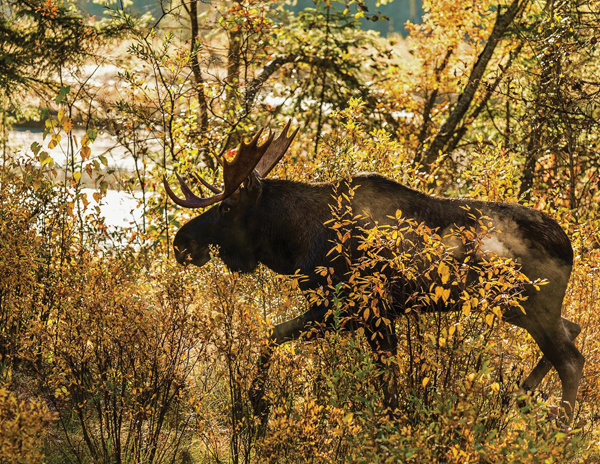
By Laura Keil
The BC Wildlife Health Program is again asking for the public’s help to assess the effects of winter ticks on the moose population.
The government’s annual moose winter tick surveillance program relies on observations from wildlife professionals and the general public who are asked to report the amount of hair loss on moose they observe and fill out a survey on each animal’s appearance. There are five categories, ranging from “no hair loss” to “more than 80% loss of winter hair.”
A recent study found that winter ticks were responsible for a huge drop in one moose population.
In a study published in the Canadian Journal of Zoology last fall, researchers studying moose calves in New Hampshire and Main reported that growing infestations of this parasite is the main cause of an unprecedented 70 percent death rate of calves over the three years of their study. The calves that died were found infected with an average of 47,371 ticks.
The number of epidemics is increasing, researchers say. Usually winter tick epidemics last only one to two years, not five, which reflects the influence of climate change the study says.
Winter ticks typically latch onto moose during January through April. The maturing ticks feed on the blood of the animal causing anaemia, emaciation and metabolic imbalances. In late winter, tick irritation can cause moose to excessively scratch and groom, resulting in hair loss and less time foraging, leading to weight loss. The extent of hair loss on a moose is a rough indicator of how many ticks are present, a government release says. Winter ticks pose no risk to humans.
Despite growing infestations overall, a 2018 BC government report found that winter tick infestations are appearing to be less severe compared to previous years of the winter tick survey program and they expect it to continue to decrease in 2019, especially in the more northern regions.
Anyone interested in contributing to this surveillance program can fill out a survey online found here: www.gov.bc.ca/wildlifehealth/mooseticksurvey
The findings of the surveillance program will contribute to the Provincial Moose Research Program, which began in 2013 to investigate factors influencing moose populations in BC.



